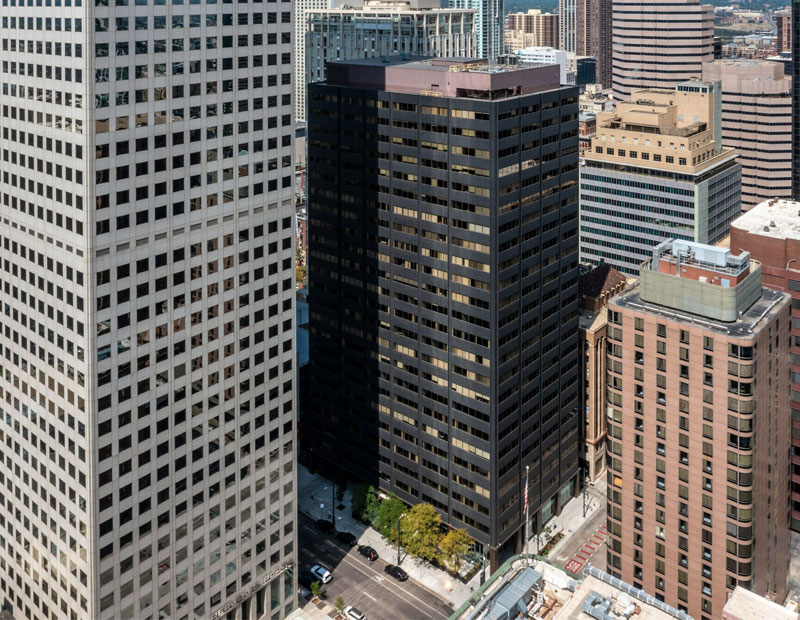Net Lease Column: What’s New in Net Lease for 2016?
By Stephen Counts, Associate Director, Calkain Cos.: The net lease industry has seen the largest sale-leaseback transaction volume in recent history. Can we expect the same in 2016?
By Stephen Counts, Associate Director, Calkain Cos.
 On a recent trip to Chicago, I had the opportunity to chat with some of the top net lease minds in the country about current trends in the sector and what we expect to see in 2016. It has been another great year for the net lease industry, and we have seen the largest sale-leaseback transaction volume in recent history in 2015. Despite some concerns going into 2016, net lease assets should remain sought after by private and institutional buyers due to their passive income structures and stability.
On a recent trip to Chicago, I had the opportunity to chat with some of the top net lease minds in the country about current trends in the sector and what we expect to see in 2016. It has been another great year for the net lease industry, and we have seen the largest sale-leaseback transaction volume in recent history in 2015. Despite some concerns going into 2016, net lease assets should remain sought after by private and institutional buyers due to their passive income structures and stability.
The Federal Reserve announced that it expects to raise rates this week for the first time in seven years, and the impact that will have on cap rates and financing is one of the most significant concerns right now in the net lease industry. While demand for quality assets (well-located, long-term credit assets with increases) are showing no signs of softening, we have already started seeing some tenants’ inventory sitting longer and small indications of the market softening, most of it among properties located in rural markets or those with no rental rate escalations in the initial term.
Additional trends we expect to see in 2016 include:
- An average increase in cap rates of between 25 and 75 basis points. Individual sellers will try to hold firm at historically high prices, but preferred developers will have to adjust to the market in order to sell and move on to the next deal.
- Cap rates will not rise drastically. This is because the yields will become accretive to institutional investors as they correct slightly. In the past few years, institutional buyers have been creative in finding accretive yields by completing forward take-outs and participating in JV deals with developers. As property values stabilize, institutional buyers will be able to buy more traditional investment properties.
- A continued increase in demand for net lease development land. As a result of higher land prices, we will see net lease developers and tenants become more creative with their development strategies. This will increase the supply of retail, condos and multi-tenant net-leased properties in well-located areas. These well-located properties will remain in high demand from investors and will not see as much upward pressure on cap rates.
- Investors becoming more comfortable with franchisee credit and short-term properties in primary and secondary markets. As economy fundamentals improve, investors view tenants with below-market rents or strong sales numbers as a safe investment and easily re-tenantable if the occupant were to leave.
Despite some nominal changes, 2016 should be another good year for the net lease industry overall. Any shift in cap rates as a result of interest rates will occur slowly; initially, there might be a gap between seller and buyer expectations, but the market will correct accordingly to more normalized levels. As cap rates correct, institutional capital on the sidelines will rejoin the market, thus maintaining the aggressive demand for net-leased properties.







You must be logged in to post a comment.